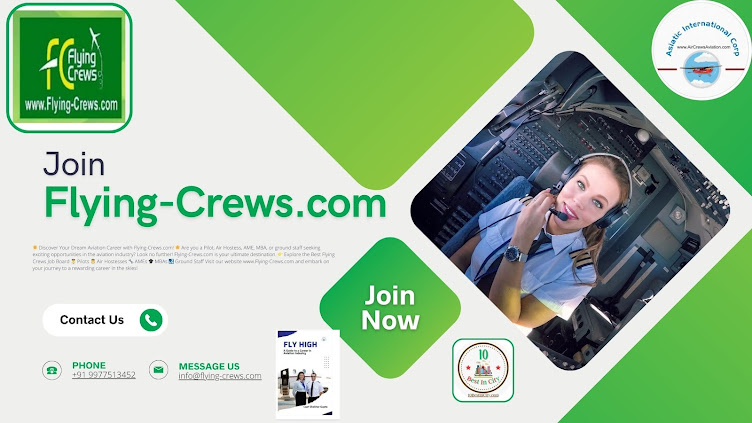Airline Alliances: Unveiling the Advantages and Hurdles of Collaborative Partnerships in Aviation
Airline alliances have emerged as strategic partnerships between airlines to enhance their global reach, improve operational efficiencies, and provide seamless travel experiences to passengers. These alliances bring together multiple airlines under a common framework, allowing them to cooperate on various fronts while retaining their individual brands and operations. While airline alliances offer numerous advantages, they also face certain challenges.
Advantages of Airline Alliances:
1. Expanded Network: One of the key advantages of airline alliances is the ability to offer passengers a broader network of destinations. Passengers can access a wider range of routes and flights, even to destinations not directly served by their preferred airline. This expanded network provides greater convenience and flexibility for travelers.
2. Seamless Travel Experience: Airline alliances strive to provide a seamless travel experience to passengers. This includes benefits such as through check-in, baggage transfers, and coordinated flight connections, enabling smoother and more efficient travel across multiple airlines within the alliance. Passengers can enjoy a consistent level of service throughout their journey, enhancing overall customer satisfaction.
3. Frequent Flyer Programs: Airline alliances often integrate their frequent flyer programs, allowing passengers to earn and redeem miles across multiple airlines within the alliance. This means that travelers can accumulate rewards faster and enjoy a wider range of benefits, such as priority check-in, lounge access, and upgrades, irrespective of the airline they are flying with. Consolidated loyalty programs enhance customer loyalty and incentivize repeat business.
4. Cost Synergies: Collaborative partnerships in the form of airline alliances enable airlines to achieve cost synergies through shared resources and joint procurement. This includes joint maintenance, repair, and operations (MRO) agreements, bulk fuel purchasing, and shared ground handling services. By pooling resources and optimizing operations, airlines can reduce costs and improve profitability.
5. Market Access and Competitiveness: Airline alliances provide member airlines with enhanced market access and competitiveness. By cooperating rather than competing directly with each other, airlines can penetrate new markets, access valuable slots at congested airports, and compete more effectively against other global carriers. Alliances also enable airlines to share expertise and best practices, fostering innovation and operational excellence.
Hurdles and Challenges of Airline Alliances:q
1. Regulatory and Antitrust Issues: Airline alliances face regulatory challenges, particularly concerning antitrust laws. As these alliances involve cooperation and coordination among competing airlines, concerns about potential anti-competitive behavior can arise. Regulatory approvals are often required, and member airlines need to carefully navigate legal frameworks to ensure compliance and avoid potential legal hurdles.
2. Complex Governance Structures: Managing airline alliances involves navigating complex governance structures. Each member airline retains its individual identity, brand, and corporate culture, which can lead to challenges in decision-making, consensus-building, and aligning strategic objectives. Balancing the interests of multiple stakeholders and maintaining a cohesive alliance structure requires effective communication, coordination, and strong leadership.
3. Operational Coordination: While airline alliances aim for seamless travel experiences, achieving operational coordination across member airlines can be challenging. Factors such as different operating procedures, IT systems, and service standards can create obstacles in providing consistent service quality. Collaborative efforts are needed to streamline processes, harmonize standards, and align operations to deliver a truly integrated travel experience.
4. Brand Dilution and Customer Confusion: With multiple airlines operating under an alliance, there is a risk of brand dilution and customer confusion. Maintaining a clear brand identity for each member airline while communicating the benefits of the alliance requires careful marketing and brand management. Effective communication strategies should be in place to educate passengers about the alliance's advantages and differentiate member airlines in the minds of consumers.
5. Cultural and Language Barriers: Airline alliances often span across different countries and regions, presenting cultural and language challenges. Member airlines need to bridge cultural gaps, adapt to diverse customer preferences, and provide consistent service standards across various markets. Language barriers can also pose challenges in communication and operational coordination, necessitating effective language support and training programs.
Airline alliances have revolutionized the aviation industry by fostering collaboration among airlines and providing passengers with enhanced connectivity and travel experiences. Despite the advantages they offer, airline alliances face hurdles related to regulations, governance, operations, branding, and cultural differences. By effectively addressing these challenges through robust governance structures, operational coordination, strategic communication, and continuous adaptation, airline alliances can unlock the full potential of collaborative partnerships in aviation and shape the future of air travel.
In the past, Indian airlines have participated in various alliances and partnerships to expand their global reach and offer improved services to passengers. Here are some notable alliances involving Indian airlines:
1. Star Alliance: Air India, the flag carrier airline of India, was a member of the Star Alliance, a global airline alliance comprising several major airlines. Air India joined the alliance in July 2014, which allowed it to offer seamless connectivity to passengers across the extensive network of Star Alliance member airlines.
2. IndiGo and Turkish Airlines Codeshare: IndiGo, a leading low-cost carrier in India, has entered into codeshare agreements with several airlines to enhance connectivity for its passengers. In 2018, IndiGo partnered with Turkish Airlines to offer codeshare flights, allowing passengers to connect seamlessly between the networks of both airlines. This partnership aimed to provide greater access to destinations in India and Turkey for travelers.
3. Vistara and Singapore Airlines Partnership: Vistara, a joint venture between Tata Sons and Singapore Airlines, has a strategic partnership with Singapore Airlines. This partnership aims to leverage the strengths of both airlines and provide seamless connectivity, enhanced services, and frequent flyer program benefits for passengers. Singapore Airlines holds a stake in Vistara and provides support in areas such as training, network planning, and customer experience.
Yukthi jain
Aviation Team
Asiatic International Corporation
+918618212550
yukthiasiaticintcorp@gmail.com
asiaticintcorpyukthi@gmail.com
http://www.AirCrewsAviation.com
https://www.portrait-business-woman.com/2023/06/yukthi-jain.html
https://yukthijain.vcardinfo.com/
https://www.flying-crews.com/2023/06/airline-alliances-unveiling-advantages.html
#AviationCollaboration
#GlobalConnectivity
#SeamlessTravel
#AllianceAdvantages
#OperationalEfficiencies
#EnhancedCustomerExperience
#PassengerExperience
#EnhancedConnectivity
#TravelInnovation
#AirlineIndustryChallenges
#AviationCollaboration
#SkyHighPartnerships
#CulturalAdaptation
#LanguageSupport
#FutureOfAirTravel




No comments:
Post a Comment